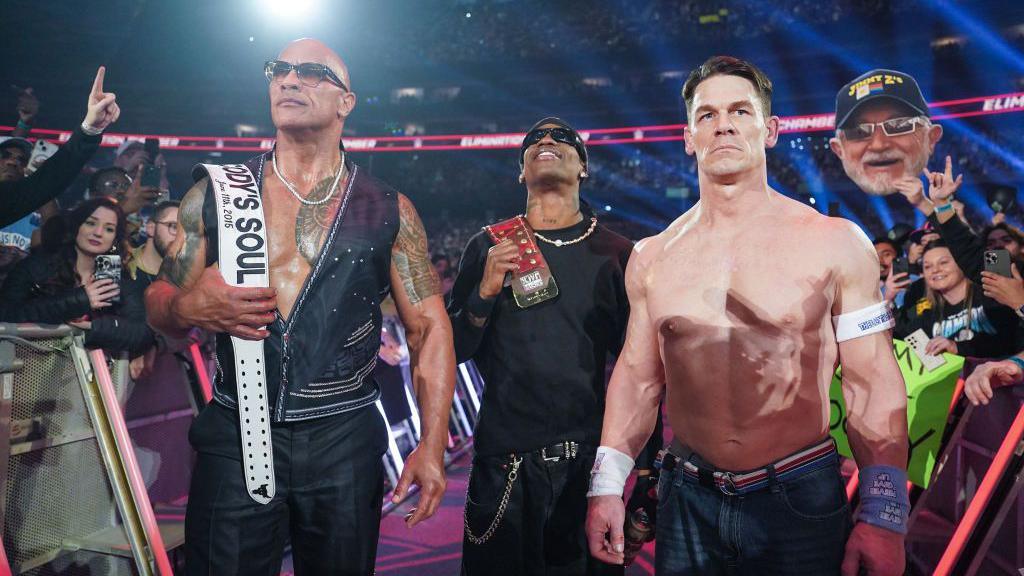Postscript is Cameron Kunzelman’s weekly column about endings, apocalypses, deaths, bosses, and all sorts of other finalities.
I was lucky enough to play the first two Fallout games at a young age. I was able to be a young, foolish kid playing a young, foolish kid who struck out from Vault 13 in search of a water chip. I was also a teen without any real purpose who was able to pretend that he was scouring the world on a holy mission for the wondrous G.E.C.K., a device that would save my people. The stories of Fallout and Fallout 2 mattered to me, partially, because I shared what was at stake. I was a pretty aimless kid, and I had a lot of complicated things going on in my life, and the Fallout games were very specific handles through which I could either deal with or put off those complications.
Videos by VICE
Fallout 3 is different from the first two games in the series. While it isn’t a reboot (it kept the numbering, after all), it certainly doesn’t follow from the former games. They were tactical role-playing games with a turn-based combat system, it’s a first-person adventure game. They used a wide array of skill point interactions with the game world to produce some truly bizarre occurrences and solutions to problems, where 3 distilled much to checking if your Science skill was high enough to access a console so that you could do a puzzle.
However, Fallout 3 has stuck with me in a way that the other two games didn’t. I love the rival families of New Reno and the ghoulish Necropolis, but I always go back to the first major mission of Fallout 3. What do we do with Megaton?
As the player begins the game and emerges from Vault 101, Megaton is the first inhabited structure that they will see. It’s a cone-shaped settlement that sits on top of a small hill. The shards of its protective walls arch up toward the sky, and when you approach it for the first time, you can hear a robot talking. Sometimes that robot is shooting a laser gun at some ants. As the player approaches, two giant sheets of metal retract, allowing them into the entryway and near the doors that will take them inside.

Once past that gate, the structure of Megaton is revealed. It’s not just a cone-shaped place. It’s a giant hole in the ground, and the walls create a protective egg over that hole. The metaphor is appropriate, I think, because the visual design of Megaton is meant to communicate one thing to the player: These people are vulnerable.
Megaton is populated by regular people. And that, in itself, is a miracle. The world outside is literally a wasteland, the nuked remains of the nation’s capital, and life is harsh there. Giant ants come out of nowhere to do murder. Gangs of bandits roam the countryside looking for fresh human meat. Floating robots scream propaganda at whoever they pass by. Mutated creatures from beyond imagination clamp, bite, and slash the flesh of the unwilling victim. It’s a grotesque hellscape.
Yet Megaton survives, and something that looks like normal life happens there. Moira, for example, wants to do research for a guide that will make life more liveable for the people who don’t have the comfort of something like Megaton. Sheriff Lucas Simms wants to maintain some sense of law and order, even just the trappings of it, to make sure that life is fair and possible for the people there. People drink, eat, sleep, and love within Megaton. It’s a rusted metal flower blooming in the wasteland.
At the bottom of the crater that Megaton is built in, though, is what made the town possible: An unexploded bomb. It spills out radioactivity. People worship it. They fear its anger and its possible grace. It is, at the same time, both the thing that enabled Megaton to exist to begin with and the thing that can carry out its destruction.
Appropriately, this the is quest that the player goes on. A Mr. Burke tells the player in no uncertain terms that Megaton could be easily wiped from the map. He hands over a detonator, and an implication, and tells you to meet him at a large tower after you’ve rigged the bomb to explode. That tower, owned by a Mr. Tenpenny, is a beacon of evil in the Capital Wasteland. A rich man and his building of wealthy residents wants to blow up Megaton because it’s an eyesore.
If you ally with Burke and Tenpenny, Megaton is destroyed easily. A mushroom cloud goes up on the horizon. “All this bright light and wind has given me quite a thirst,” Tenpenny says immediately afterward. “Where’s my scotch?”
Do we want a new world in a new image, or do we want the old and violent structures?
Allying with the wealthy denizens of Tenpenny Tower is siding against those who would make life possible in the bleakness after the end of the world. The people of Megaton are building something that isn’t the old world, and it’s a blot on the landscape of the landed rich.
While Fallout 3 obviously files the complexity of real-life decisions down to a simple choice, the starkness of choosing between Megaton and Tenpenny reveals the simplicity of these choices in real life. Do we want a new world in a new image, or do we want the old and violent structures?
Part of me wants the moral grey and complexity of the first two Fallout games. I want the knotted stomach delivered by a wide array of player choice. Sometimes, though, things are actually not complex at all. Sometimes it’s about making a choice, and the stakes are clear as day.
You can follow Cameron on Twitter.
More
From VICE
-

WWE via Getty Images -

Lexie Moreland/WWD via Getty Images -

Camp Snap -

Juiced
